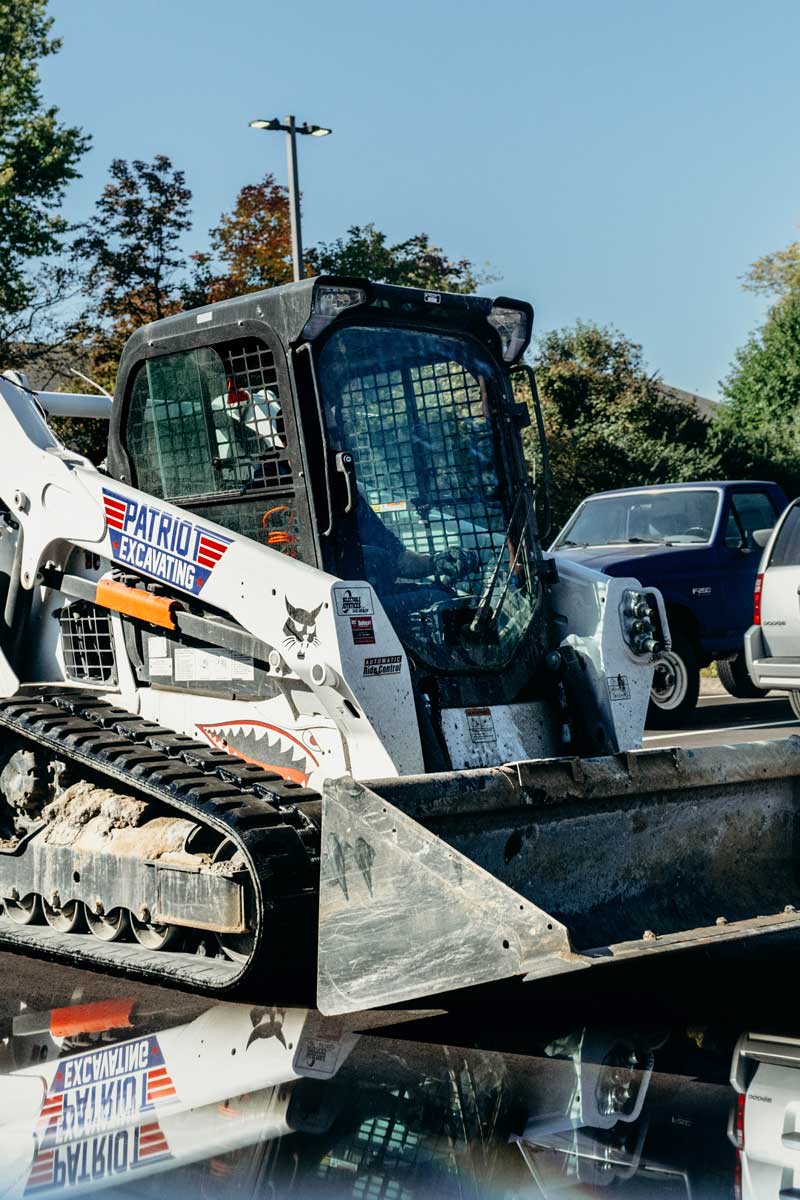As the cold months of winter approach, it’s not just our homes and vehicles that require extra care and maintenance; our underground electrical infrastructure needs attention too! Underground electrical systems are vital for providing power to homes, businesses, and critical facilities, and ensuring their reliability during the winter season is crucial. In this blog, we will explore the importance of winter maintenance for underground electrical infrastructure and discuss some key strategies to keep it in optimal working condition.
The Challenges of Winter
Winter weather can be particularly harsh on underground electrical infrastructure. Here are some of the challenges it poses:
1. Freezing Temperatures: Extreme cold can affect the insulation of electrical cables, making them brittle and prone to damage. In some cases, freezing temperatures can lead to underground cables cracking or even bursting.
2. Snow and Ice: Accumulation of snow and ice can put extra weight and pressure on underground cables and conduits, potentially causing damage or blockages.
3. Ground Freezing: When the ground freezes, it can shift and put pressure on electrical lines. This can lead to misalignment, disconnection, or damage to the infrastructure.
4. Moisture Ingress: Winter often brings increased moisture in the form of snow and melting ice. This moisture can seep into conduits and junction boxes, potentially causing electrical failures and corrosion.
5. Salt and De-icing Chemicals: Road salt and de-icing chemicals used on streets can corrode underground electrical infrastructure, leading to a reduced lifespan and increased maintenance needs.
Winter Maintenance Strategies
To mitigate these challenges and ensure the reliability of underground electrical infrastructure during the winter season, consider implementing the following maintenance strategies:
1. Regular Inspections: Schedule regular inspections of your underground electrical infrastructure to identify any signs of damage or wear. Inspections can help identify issues before they become major problems.
2. Cable Insulation Tests: Conduct cable insulation tests to ensure that the insulation is still effective. Damaged insulation can lead to electrical faults, so prompt replacement or repair is essential.
3. Snow Removal: Clear snow and ice from above ground access points to the infrastructure, such as manholes and junction boxes. This will prevent excess weight and pressure on the cables.
4. De-icing and Anticorrosion Measures: Use corrosion-resistant materials and coatings for electrical components and take steps to protect against salt and de-icing chemicals. Applying anti-corrosion coatings can help extend the infrastructure’s lifespan.
5. Prevent Moisture Ingress: Ensure that seals and gaskets on access points are intact to prevent moisture ingress. Regularly inspect junction boxes and seal any gaps or cracks.
6. Ground Thawing Systems: In regions with severe winter conditions, consider installing ground thawing systems that can prevent ground freezing around underground cables and conduits.
7. Emergency Response Plan: Develop an emergency response plan that includes procedures for handling winter-related electrical issues. This plan should outline how to respond to outages and damage quickly and efficiently.
Maintaining underground electrical infrastructure during the winter is essential for ensuring a reliable power supply to homes and businesses. By addressing the unique challenges posed by winter weather, such as freezing temperatures, snow and ice, and the corrosive effects of road salt, you can extend the lifespan of the infrastructure and reduce the risk of costly outages.
Regular inspections, cable insulation tests, and proactive measures like snow removal and corrosion protection are key components of a comprehensive winter maintenance plan. Reach out to Patriot Excavating today for your underground power needs. Contact us for a quote.



